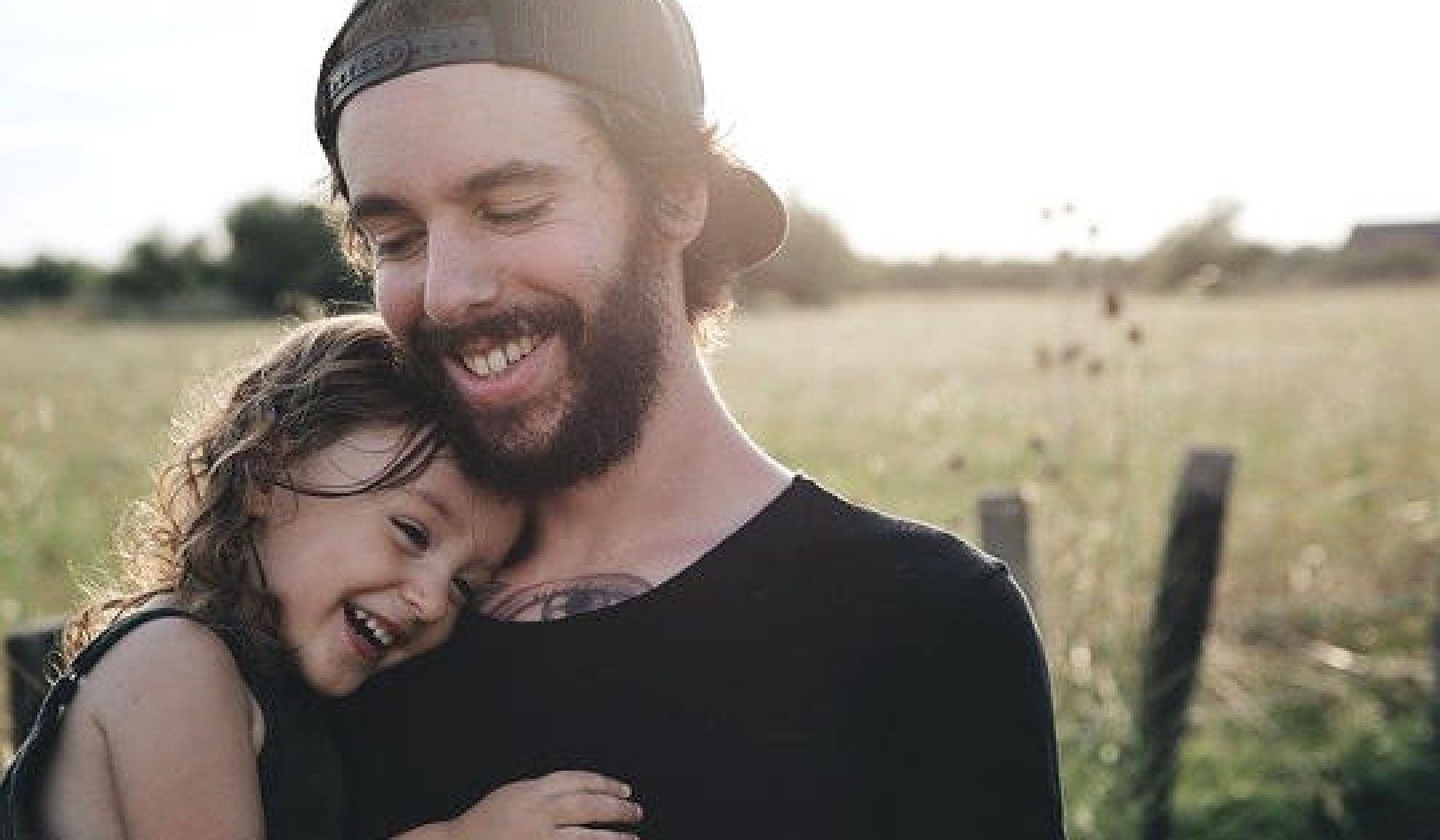
Image by Manfred Richter
A resurgence in home funerals is rapidly growing across the country. With home funerals, families reclaim the personal sacredness of death and dying by taking a hands-on approach to some or all aspects of the funeral. Often, this provides families with the gifts of time, connection, and community, allowing everyone to celebrate and mourn together and in the ways they prefer.
As Lee Webster, president emeritus of the National Home Funeral Alliance, writes, “Home funerals are about empowering families to care for their own dead, to take the time to be present and absorb the loss, to complete a process that is intimate and meaningful without outsourcing it or parts of it unless desired, to build community around the loss of a member.”
Humans certainly are not one-size-fits-all. We are a patchwork quilt of many ideas, beliefs, and life purposes. A home funeral and/or a green burial allow for lots of freedom when it comes to crafting the perfect, personalized event. Family-directed funerals encompass caring for dead loved ones and arranging some type of lovely, personalized send-off, one that emerges organically from open hearts.
In this chapter, I review some practical considerations related to the event, whether it will be a large community ceremony or a small, intimate gathering of quiet reflection, whether the burial is in your backyard or in a cemetery. However, please note that not all home funerals include a green burial, since many families choose cremation for their loved ones as the final method of disposition.
Planning the Ceremony
We spend our lifetimes searching for meaningful connections with others and creating lasting memories. This is a strong reason why we are moved to commemorate the end of a loved one’s life. We give ourselves and our community a chance to remember them, to honor them, to mark that they were here with full hearts.
When planning the ceremony, the first question to ask is, what do you want to celebrate? Who was the person who died? What was their story, and what will be their legacy? And mostly, how did they want to be remembered?
The next of kin as well as any important decision makers from the guest of honor’s tribe should meet to craft something personal and special. Who do you need to consult before making final decisions? Make sure to start conversations early with important family members.
Your celebration should reflect the wishes of the person who died, so consider how the event can celebrate their love of nature or sustainability, their religious or spiritual beliefs, and their life pursuits or passions. Families often cull ideas from prior services they’ve attended and creative websites such as Pinterest, and they draw inspiration from celebrations organized by their loved one when they were alive: What foods, decorations, colors, and music did they choose or gravitate toward? Don’t forget to check the weather for the day chosen!
Then consider who will be coming: What are their expectations, religions, backgrounds, comfort levels, and so on? How will you accommodate and honor all other perspectives and attitudes? Is this event open to the public, will it be listed on social media, or is it more in line with your community to have just a small home funeral?
What To Include In A Home Funeral
Here is a list of things you might include in a home funeral, along with brief explanations and options for each. Also, please do not feel you need to incorporate everything in this list, as it might not be appropriate to your celebration:
- A minister or leader? Does it feel correct for you to hire or appoint one person to be in charge, gather everyone’s attention, or officiate? Would it be better for different people to lead at different points in the event?
- Readings and prayers: Did the deceased have a favorite poet, author, songwriter, or Bible verse? Readings can be religious, spiritual, secular, or just some words reflecting their life. Maybe a special letter should be shared?
- Music: Any songs or artists the decedent loved? Consider playing specific live or recorded songs during the service, or as possible background music before or after. Two to three selections tend to be what most people choose.
- Speeches and eulogies: Has anyone offered to share the decedent’s life story, their obituary, or stories about them? Would you like certain people to share certain information, or would you like to open the floor to anyone wanting to speak in front of the group?
- Obituary or posting on social media: Most states do not have a rule that the public announcement needs to be made in print for all debtors and heirs, but a newspaper or online obituary is always an option. There is normally a cost and limited distribution associated with that method, so many people have started using email, Facebook, and other social media platforms to spread the word. Who will have the honor of gathering the information and writing the family obit?
- Graveside ritual: Will there just be some words and the lowering of the body, or would you like to incorporate tossing flowers, photographs on a stand, writing letters, throwing dirt, releasing doves or biodegradable balloons, etc.?
- Decorations: What physical items might help attendants to remember the person’s life: poster boards with photos, a sign-in book with space for thoughts, significant objects from the person’s life, a color theme, etc.
- Viewing and visitation: Where will the visitation take place? How long will the service be? Will it be open to the public or only to invited guests? Some people are not interested in this option and prefer to have a closed casket or fully tied shroud where the body cannot be viewed yet people can physically be in its presence for closure.
- Carpooling or guest transportation: Encourage guests to carpool or use ride shares to the visitation and the funeral. Put someone in charge of coordinating this. This helps make your funeral as green as the burial, and sharing transportation encourages people to share stories and make connections.
- Donations, gifts, and receiving flowers: Have a basket or table ready for items that might be brought to the service by guests. Possibly offer an option besides flowers in announcements.
- Announcements and invitations: Will the funeral or burial information be delivered via phone or internet, or would you like to create something printed on recycled paper? Do you want to personalize this with a take-home gift for guests, such as “seed cards” as a green option?
- Food: Are you looking at catering, a potluck, or a few people cooking? Maybe just some healthy snacks and beverages? Any drinks?
- Helpers: Do you need anyone to help clean, prepare, build, or manage the space for the service? Do you need to appoint anyone to lift, create, or organize items? Call on your family and friends who have offered to lend a hand.
Excerpted from the book The Green Burial Guidebook.
Copyright ©2018 by Elizabeth Fournier.
Printed with permission from New World Library
www.newworldlibrary.com.
Article Source
The Green Burial Guidebook: Everything You Need to Plan an Affordable, Environmentally Friendly Burial
by Elizabeth Fournier, “The Green Reaper”
 Funeral expenses in the United States average more than $10,000. And every year conventional funerals bury millions of tons of wood, concrete, and metals, as well as millions of gallons of carcinogenic embalming fluid. There is a better way, and Elizabeth Fournier, affectionately dubbed the “Green Reaper,” walks you through it, step-by-step. She provides comprehensive and compassionate guidance, covering everything from green burial planning and home funeral basics to legal guidelines and outside-the-box options, such as burials at sea.
Funeral expenses in the United States average more than $10,000. And every year conventional funerals bury millions of tons of wood, concrete, and metals, as well as millions of gallons of carcinogenic embalming fluid. There is a better way, and Elizabeth Fournier, affectionately dubbed the “Green Reaper,” walks you through it, step-by-step. She provides comprehensive and compassionate guidance, covering everything from green burial planning and home funeral basics to legal guidelines and outside-the-box options, such as burials at sea.
The author points the way to green burial practices that consider both the environmental well-being of the planet and the economic well-being of loved ones.
For more info and/or to order this book, click here. (Also available as a Kindle edition.)
About the Author
 Elizabeth Fournier, affectionately called “The Green Reaper,” is the author of The Green Burial Guidebook: Everything You Need to Plan an Affordable, Environmentally Friendly Burial. She is owner and operator of Cornerstone Funeral Services, outside of Portland, Oregon. She serves on the Advisory Board for the Green Burial Council, which sets the standard for green burial in North America. She lives on a farm with her husband, daughter and many goats.
Elizabeth Fournier, affectionately called “The Green Reaper,” is the author of The Green Burial Guidebook: Everything You Need to Plan an Affordable, Environmentally Friendly Burial. She is owner and operator of Cornerstone Funeral Services, outside of Portland, Oregon. She serves on the Advisory Board for the Green Burial Council, which sets the standard for green burial in North America. She lives on a farm with her husband, daughter and many goats.
Find out more about her work at www.thegreenreaper.org
























